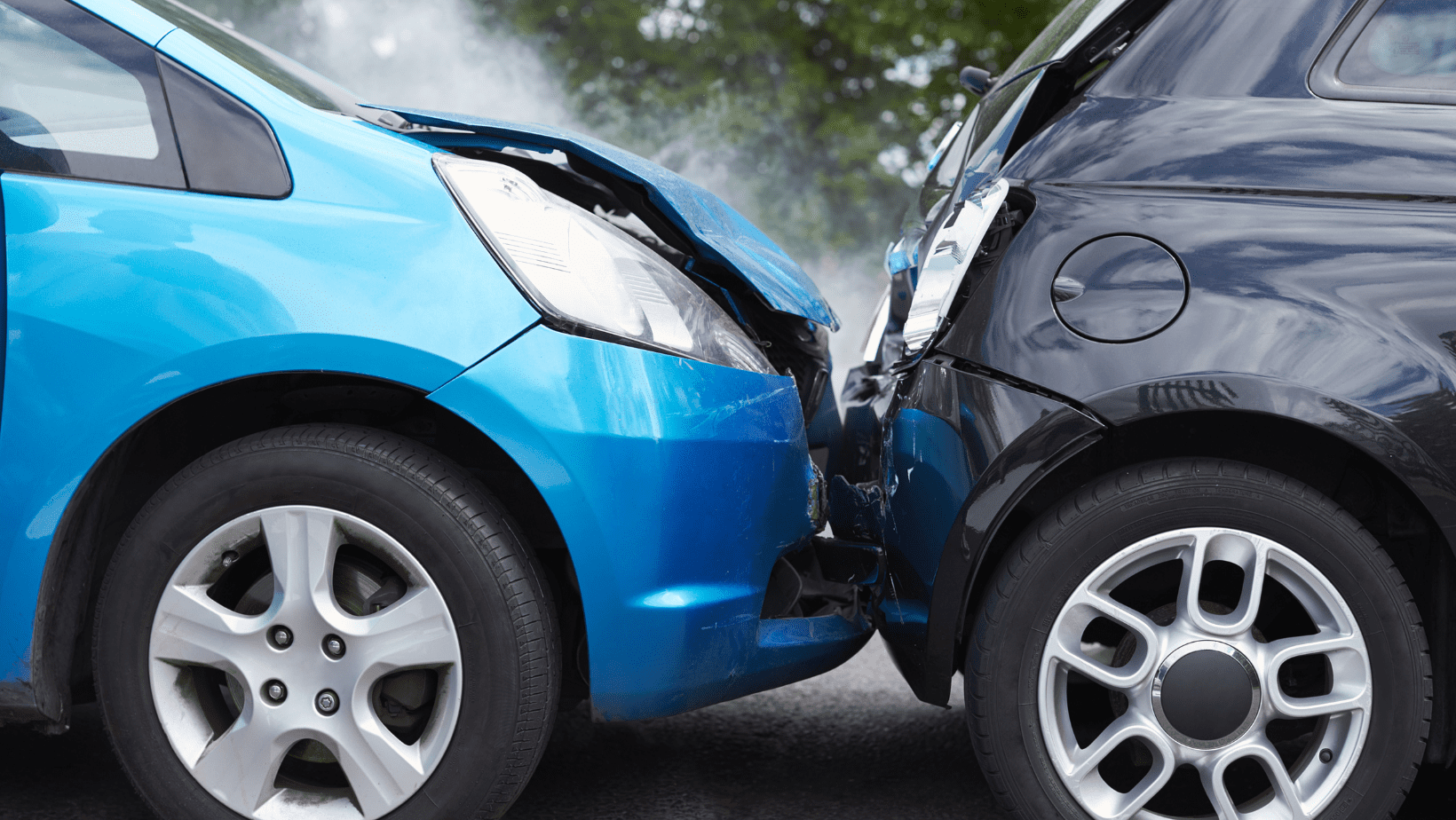
Having a car gives you the freedom to go wherever you want whenever you want. But if you don’t have auto insurance to protect you, a trip to the grocery store could cost a lot more than you expected.
Whether fender bender or wreck, a car accident can incur medical bills, repair costs, and even lawsuits. If you’re not insured, you could be on the hook for all the costs—especially if you’re the one at fault. Even if you consider yourself a good driver, there are things outside of your control, which makes auto insurance a necessity.
Coverage Components
Building an auto insurance policy is sort of like ordering off a menu at a restaurant. You have lots of options that you can choose to make your perfect meal—or coverage. Most states require at least some type of insurance coverage before you’re legal to drive, but available add-ons or additional coverage can give you even more protection. It’s important to understand each of the components separately before asking your insurance agent to help you “order.”
Personal injury or personal liability. This is the most common type of insurance states require, at minimum. It’s meant to protect you in an accident where someone is seriously injured or killed and you were the person at fault. The amount of coverage you have is usually calculated based on your assets. Your insurance agent can help make sure you have the right level of coverage.
Property damage. Another common type of coverage required by states, this covers you in case you’re at fault and damage someone else’s stuff. In most cases, the damaged property is a car, but it’ll also cover you if you damage something like a fence or utility pole.
Collision. Car accidents don’t always involve another person. If you have damage to your car that was caused by a collision with a parked car, a wall, or anything else where you’re the only driver, collision insurance covers you. If you have an auto loan, your lender might require you to carry collision insurance to protect them in case you do serious damage to a car they technically own.
Uninsured or underinsured driver. Almost every state requires drivers to have some form of insurance, but it’s possible that you could get into an accident with someone who ignored that rule, doesn’t have the right components, or doesn’t have enough coverage. Uninsured or underinsured driver insurance helps cover the difference if this were to happen so that you aren’t left with the bill.
Comprehensive. Not all auto mishaps are crashes. Comprehensive insurance protects you against other issues, including theft, fire, weather-related incidents, falling objects, vandalism, and even damage done by animals. It helps fill the gaps for the situations that you may not think about first, but can be just as costly as a car accident (if not more).
Paying for Coverage
There are two aspects to keep in mind when it comes to paying for auto insurance: your premium and your deductible. Your premium is the amount your insurance costs annually. It’s determined by a combination of the types of coverage you want and the information from your driving record. If your insurance considers you a “risky” driver (think previous accidents or tickets), your premium will likely be higher than someone seen as less risky. Most people pay their insurance premium on a monthly basis.
Some of your coverage might be subject to a deductible. A deductible is an amount you’re responsible for before your insurance steps in and pays the rest of your claim. If you have a $500 deductible for your collision insurance, for example, and you drive into your garage door, you’ll be on the hook for $500 of the repairs before insurance pays anything else.
Sometimes, you can score a lower premium by choosing a higher deductible. But it also means that you run the risk of paying a higher amount out of pocket if you have an accident. A lower deductible usually means a higher monthly premium, so it’s definitely worth talking to your insurance agent to choose the best option for you. You might also be eligible for discounts if you own more than one car or have a stellar driving record.
With a giant menu of auto insurance coverage in front of you, knowing what to pick is tricky. You know you want injury protection, but would you like comprehensive coverage with that? The trick is to balance what your state requires, what will make you feel most protected, and what you can afford. It’s something to consider carefully before you hit the road—or the drive thru.
Disclaimer: While First Southern National Bank hopes you find this content useful, it is only intended to serve as a starting point. Your next step is to speak with a qualified, licensed professional who can provide advice tailored to your individual circumstances. Nothing in this article, nor in any associated resources, should be construed as financial or legal advice. Furthermore, while we have made good faith efforts to ensure that the information presented was correct as of the date the content was prepared, we are unable to guarantee that it remains accurate today.
Neither Banzai nor its sponsoring partners make any warranties or representations as to the accuracy, applicability, completeness, or suitability for any particular purpose of the information contained herein. Banzai and its sponsoring partners expressly disclaim any liability arising from the use or misuse of these materials and, by visiting this site, you agree to release Banzai and its sponsoring partners from any such liability. Do not rely upon the information provided in this content when making decisions regarding financial or legal matters without first consulting with a qualified, licensed professional.



